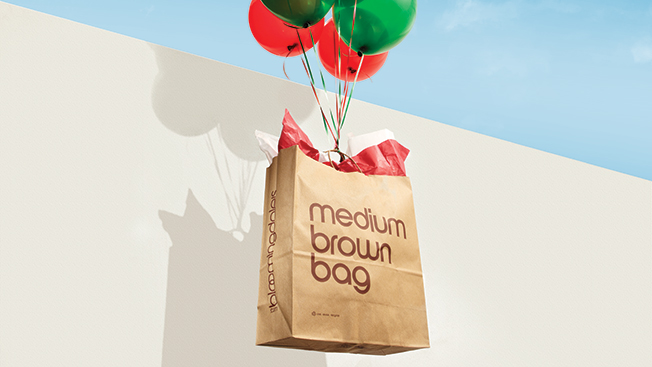The name Marvin S. Traub probably doesn’t ring a bell for most people. But it was the far-seeing Traub who, in the postwar era, “transformed Bloomingdale’s from a stodgy Upper East Side family department store into a trendsetting international showcase of style and showmanship,” to quote the store president’s New York Times obituary. Spotlighting clothing designers, importing exotic wares from around the world, opening fine restaurants within the store—all were among Traub’s signature achievements. And, in 1973, so was a remarkable marketing vehicle that’s still doing its job 43 years later.
It’s the simplest, plainest object imaginable, and one whose utility is exceeded only by its epochal status: the Big Brown Bag.
Actually,

WORK SMARTER - LEARN, GROW AND BE INSPIRED.
Subscribe today!
To Read the Full Story Become an Adweek+ Subscriber
Already a member? Sign in

